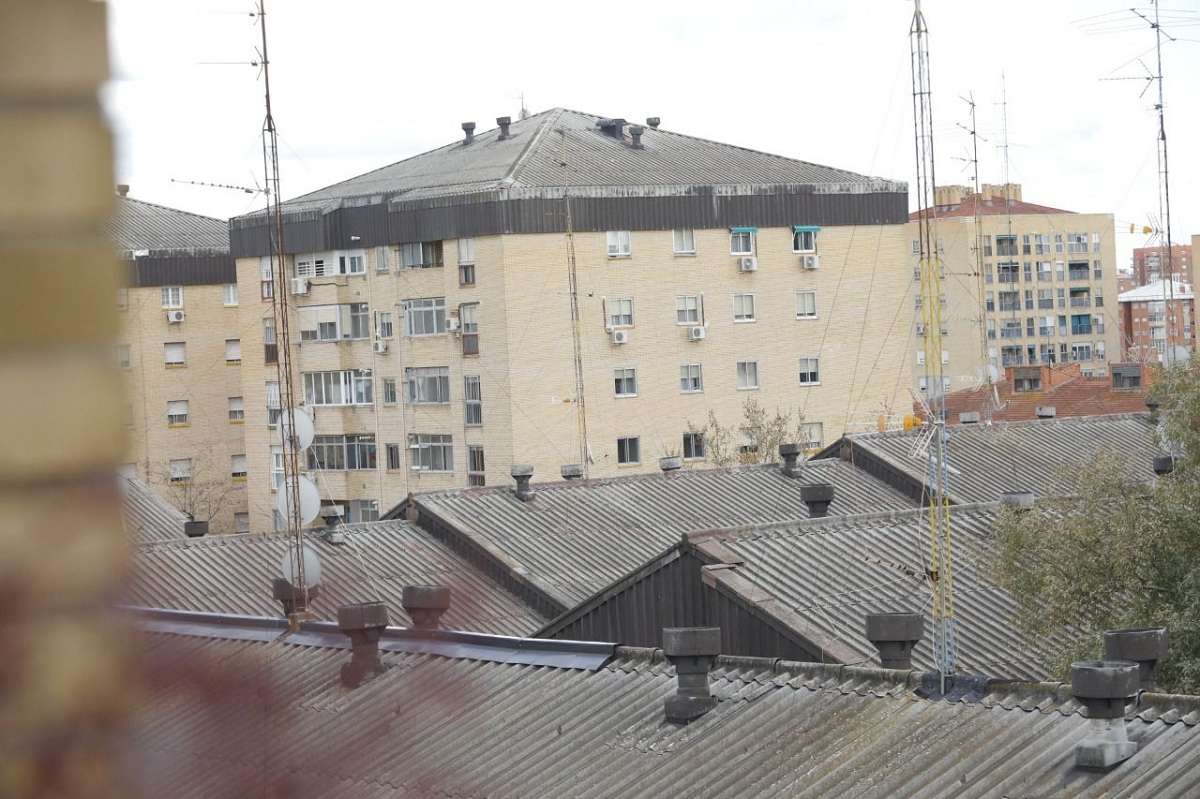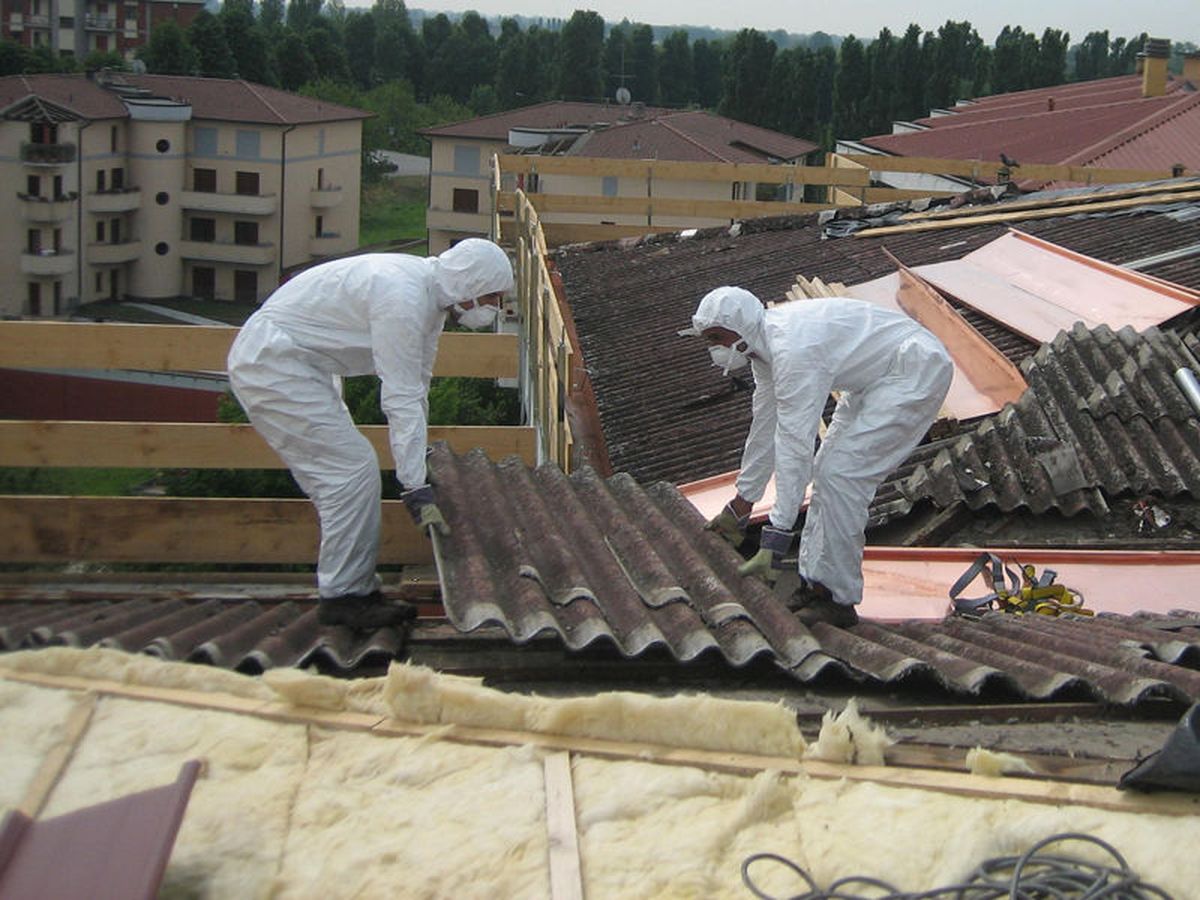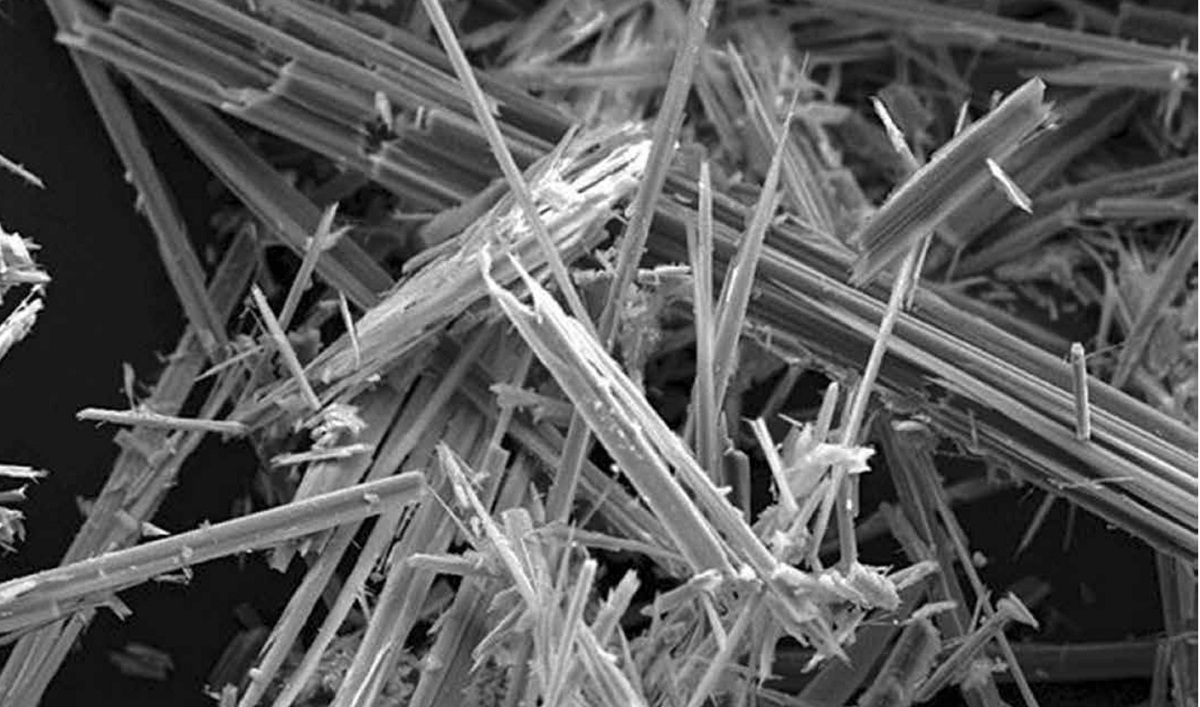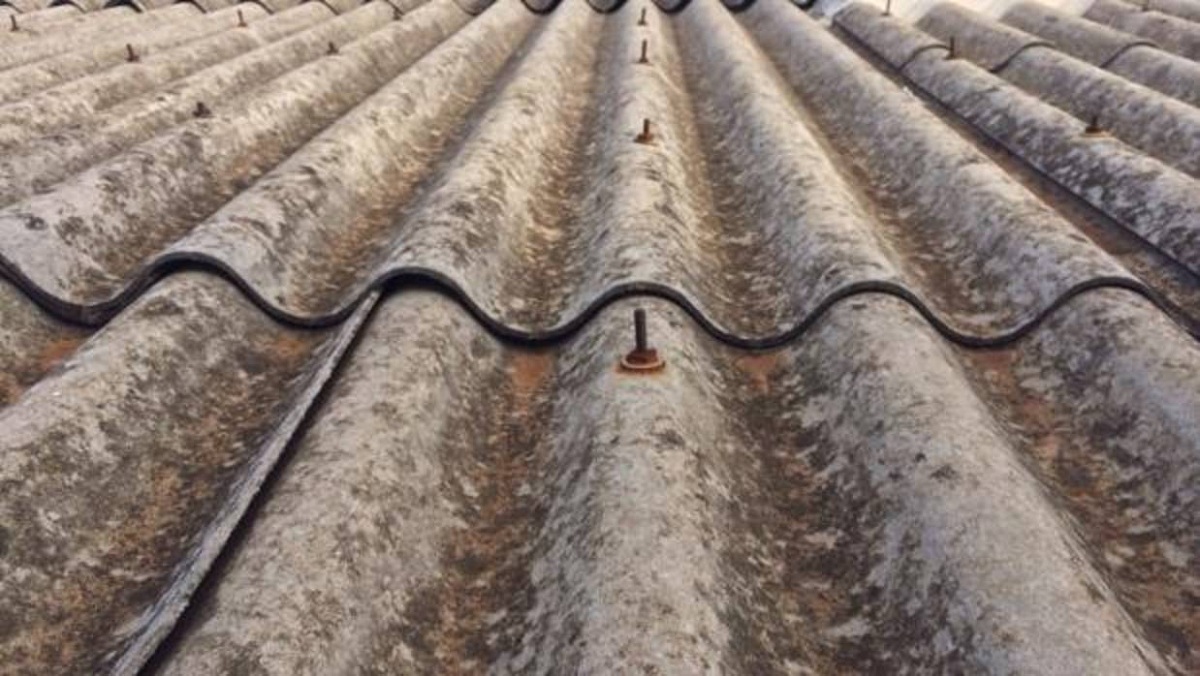
Asbestos is a fibrous mineral known since ancient times and widely used in industry due to its physical and chemical properties that make it ideal for this use. The types of asbestos are divided into serpentine and amphibole groups according to the curved or straight configuration of their fibers. many people wonder what is asbestos in a house And what is its danger?
For this reason, we are going to dedicate this article to telling you what asbestos is in a house, what its characteristics are and the danger they entail.
What is asbestos in a house

asbestos It is a material used in old constructions for its excellent qualities, for example, is an excellent insulator, and is very cheap, but the damage it can cause to health is overlooked. The buildings still contain asbestos today. If you are renovating your old house and you come across this material, you need to know what to do.
First, asbestos, as they say, is a material that is used in buildings to line the walls and form other parts of a house. The composition of asbestos is composed by iron, aluminum, silicon, magnesium and other minerals, which over time transform and release fibers that enter the air and facilitate breathing.
Asbestos is a material found in asbestos cement that has been widely used in construction for the last century.
types of asbestos

- chrysotile (white asbestos) is the most used form. It can be found on ceilings, walls and floors of homes and premises. Manufacturers also use chrysotile in automobile brake linings, boiler gaskets and seals, and insulation for pipes, tubing, and appliances.
- the amosite (brown asbestos) is most commonly used for cement board and pipe insulation. It can also be found in insulation boards, tiles, and insulation products.
- crocidolite (blue asbestos) is commonly used to insulate steam engines. It is also used in some aerosol products, pipe insulation, plastic, and cement.
- anthophyllite it is used in limited amounts in insulation products and building materials. It also occurs as a contaminant in chrysotile, asbestos, vermiculite, and talc. It can be grey, dark green or white.
- tremolite and actinite they are not used commercially, but contaminants can be found in chrysotile, asbestos, vermiculite, and talc. These two chemically similar minerals can be brown, white, green, gray or transparent.
What to do if you find asbestos in a house?

The material does not really pose any risk if you do not touch or manipulate it and it is in good condition, but if you are renovating your house and you have an asbestos structure, it is best to seek help.
We also recommend:
- Seek the advice of an asbestos removal expert, as special clothing and equipment are required to prevent particles from becoming airborne when structures are in poor condition.
- Likewise, all the structures that contain it (not only coatings, you can find it in ceilings and plumbing) should be stored in airtight security bags, and must be taken to an authorized landfill.
- Do not touch or remove any structure containing it without proper equipment, since the particles are easily dispersed and remain in the air for a long time.
- Replace all structures containing asbestos by less polluting materials, such as synthetic, carbon or natural fibers.
Other areas of interest for asbestos
Construction with asbestos has been prohibited in Spain since 2002, and many buildings have been replaced by other less polluting and harmful materials. However, they can still be seen today. It is important to understand that asbestos is harmful when it begins to deteriorate in structures that contain it, and that's where the complications lie because removing it is dangerous.
Diseases caused by prolonged exposure to asbestos are respiratory diseases such as asbestosis, lung cancer and malignant mesothelioma. None of them have a cure and symptoms develop years after exposure.
Related diseases
Scientific research has linked asbestos exposure to a variety of diseases, including cancer. Mesothelioma is a cancer caused almost entirely by asbestos exposure. The mineral also causes asbestos-related cancers of the lung, ovary, and throat.
Other diseases:
- asbestosis
- pleural effusion
- pleural plates
- pleuritis
- diffuse pleural thickening
- chronic obstructive pulmonary disease
How to identify it?
Inability to see, smell, or taste tiny asbestos fibers. Unless it is clearly labeled asbestos, the only way to detect asbestos in unlabeled material is to send a sample to a lab for analysis or hire a licensed asbestos inspector. Asbestos materials are divided into two risk categories:
- Brittle asbestos material: Brittle asbestos materials are easily broken or chipped by hand. Examples include old asbestos pipe insulation and asbestos-contaminated talc. These materials are dangerous because they easily release toxic dust into the air.
- Non-friable asbestos material: Non-brittle asbestos materials, such as asbestos cement board and vinyl asbestos tile, are very durable. As long as the product is not disturbed, these products can safely capture asbestos fibers. Sawing, scraping or breaking the product releases fibers.
If you come across asbestos while renovating your home, don't hesitate to consult an expert. The consequences of mishandling can be deadly not only for you but also for your environment, since the released particles go directly into the air and can be breathed in by anyone.
First you had to look at the downspouts that lead the water to the outside of the building, also at the water tanks on the roof (if any) and at the smoke evacuation chimneys. Sometimes, in central heating, it can cover pipes in the form of an insulating veil, but also in air conditioning systems in old offices or between masonry ceilings and false ceilings in offices. Of course, if we have an asbestos roof, we should consider replacing it.
If we find any of the above structures in the building we live in, it is very important not to rush to demolish it. Due to its properties, when asbestos breaks down, it releases fibrous dust, which can be dangerous if inhaled and requires special procedures for download and removal. So the first thing to do is to assess the condition of the structure.
I hope that with this information you can learn more about what asbestos is in a house and how dangerous it is.